HarperDB
HarperDB makes deploying applications on MEC easy. Thanks to HarperDB’s atomic node architecture, applications and data can natively live across 5G zones and in conventional data centers. Atomic nodes combine a high-performance database, user-built custom applications, and real-time data replication into a single hyper-performant technology so developers can focus on building new features, not managing infrastructure.
Applications running on HarperDB and Verizon 5G MEC can deliver experiences faster than human perception (<30ms) in sectors like gaming, industrial IoT, transportation, service, and more.
Additionally, enterprise-level throughput plus horizontal scalability ensures that your infrastructure keeps up with business growth.
Built to deploy on any infrastructure, HarperDB ensures that businesses are not locked into a single infrastructure or network provider, reducing risk. Nevertheless, for companies that use Verizon mobile devices on Verizon’s network – storing and processing data on Verizon 5G MEC just makes sense.
Target Customers & Verticals
- Hospitality
- Transportation
- Stadiums and Venues
- Gaming & Streaming & DooH
- Consumer Apps
Benefits
Low Latency
Gives end-users a lightning-fast mobile experience while using Verizon 5G MEC without compromising out-of-network performance.
Efficient RAM Utilization
By integrating API and database requests, process more efficiently and reduce cost.
Improved Performance
Companies deliver better applications with less hardware, saving them money.
Lower Complexity
Saves developers time and effort, making Verizon 5G MEC deployments a synch. Increase reliability with fewer moving parts.
Resilience
Read and write requests can be served by any node, ensuring that user experience goes uninterrupted if one or several nodes go down.
Horizontal Scale
As business demand grows, infrastructure can keep up without ballooning costs. Reduces risk by not needing to rely on a central monolithic data store.
Cross Infrastructure Deployments
Free enterprises from cloud lock-in and facilitate hybrid and multi-cloud deployments while exploding out to Edge and 5G MEC.
Features and Key Components
Document Data Model
Dynamic data model requires no additional programming. As your app updates, it updates.
Custom Functions | API-on-a-Database
Deploy user-defined applications like APIs, machine learning apps, and long-running processes without additional servers or technologies.
Global Data Mesh
Synchronize data across an unlimited number of Internet-connected servers globally. Including every Verizon 5G MEC zone.
Integrate with existing workflows
Keep using your IDE and CI/CD tools.
Built-in HTTP/S API
Interface with your data programmatically without needing to maintain drivers.
Auto-Indexing
Performant queries without maintenance or setup.
Query with SQL
Migrate easily and start running immediately.
Language Agnostic
Write business logic in any language.
HarperDB Studio
In addition to a fully featured API and CLI, manage your 5G and global deployments with an intuitive point-and-click interface.
FAQ
HarperDB has been built from the ground up to be one of the most performant databases available. Benchmarks show that HarperDB can handle 15 times more writes/node/second and 82 times more reads/node/seconds compared to MongoDB. Additionally, HarperDB’s atomic node architecture delivers simplicity that no database can match.
Local developer downloads are free and unlimited. Business costs are quoted for each project based on storage, RAM, and distribution requirements. Essentially, tell us your performance and reliability SLA, and we’ll quote you a price.
We leverage Terraform to deploy HarperDB across cloud, 5G, edge, and on-prem infrastructure. Additionally, npm and docker deployments make deploying to local instances simple.
Existing / Featured deployments
- Edison Interactive was struggling with high latency and the lack of real-time decision-making on their Digital Out of Home Experience. With the help of HarperDB and Verizon, they easily transitioned to a distributed architecture, ultimately reducing latency from 5 seconds to 20 milliseconds for their in-golf cart experience while reducing infrastructure costs by 75%.
Verizon components
- 5G Edge
- 5G Ultra Wideband

